2.5 Gender as Sociological Construction
Imagine sitting at a table in class and suddenly hearing noises down the hallway, only to realize you’re in the zombie apocalypse! The table you once believed was only for eating, writing, socializing, and working, now has an entirely different meaning in this new world. It becomes a barricade, part of a shelter, a weapon, a shield, and a means of survival. You no longer view the table in the same way because its significance evolves based on your social reality. The idea is that a “table” is a social construct and only has the meaning we ascribe to it.
For another example of a social construct, consider child-rearing, once done while also working the land, farming, hunting, and gathering. Children were a large part of the family workforce and the more kids you had, the more work could be done for families. Today, our ideas around raising children are very different. Forcing kids to work is now against child labor laws. What was once considered normal is now illegal. This kind of change occurs through the construction of social norms. With this understanding, we start to see how society created the concept of gender and gave it meaning.
The social constructionist perspective introduced in Chapter 1 suggests that societies and institutions are produced rather than naturally determined. Individuals’ actions continuously produce and shape social reality, but they are in turn also shaped through socially constructed categories —in this case, the definitions of men and women. These categories are defined by a specific cultural context that changes over time and could be constructed differently (e.g. defined differently in other cultural contexts).
Back to the zombie apocalypse: gender roles and norms would likely shift to the current social and cultural context and would be very different than they are now. Think of the table idea and how the use of it would shift in different situations, like housing or a weapon. Now consider that with gender norms. Would the clothing, roles, expectations, and norms of gender remain the same in a zombie apocalypse, not likely. Wearing mini skirts and heels would make someone more of a zombie buffet then dressing to be appealing to a mate. Also would things like dominance in work stay the same for males, or would things shift drastically to other necessary roles. Marriage and childrearing would no longer be on the top of the list for what one would look for in a partner.
2.5.1 Norms, Behavior, Stereotypes, and Roles
The ideas we have about gender are created, reproduced, and expressed through norms, behaviors, stereotypes, and roles. When you imagined masculinity at the beginning of this chapter, what did you think? What images or ideas came to mind? Some common traits are strong, breadwinner, unemotional, leader, tall, hairy, determined, tough, rugged, etc. Figure 2.13 shows the old Marlboro man, male CEO/businessman, or current sports star. These are examples of what many visualize when the term masculine is mentioned. From birth, biological males are coached to fulfill these behaviors and roles.
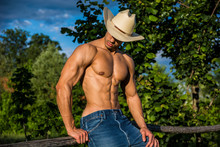
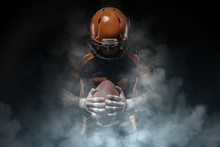

Figure 2.13: These photos can be connected to the ideals of masculinity as discussed above and ideals of hegemonic masculinity specifically.
The impact of hegemonic masculinity also influences social roles for men, a concept made popular by Raewyn Connell (1987), a transgender sociologist well-known for her theories on gender and masculinity. Hegemony is the influence or authority held by members of a dominant group over others. Men are pressured to uphold certain gendered expectations, qualities, and roles to ensure their standing in a dominant social position. Men are expected to reject any feminine qualities and positions in society to adhere to these expectations.
Masculinity is enacted in one’s role and differs with gender relations and social hierarchy placement. Connell’s theory claims that although there are multiple and alternative masculinities, one form holds more social value and is dominant based on certain characteristics. The traits associated with this hegemonic masculinity change over time but carry the same weight on men in society. Research suggests that the current constructs of hegemonic masculinity in America include traits of authority and dominance, economic stability, educational and labor market success, and heterosexuality (Connell and Messerschmidt, 2005). These traits can be very harmful for boys and men, as Black Spence discuses in the video below, please watch the first 10:20 of the video to see what their program does and the impact it has.
Figure 2.14: This video discusses expanding masculinity past what we currently expect socially and how that can shift institutions and support each other better. Blake Spence shares stories about his experience and those he works with in the WiseGuyz program that he helped start.
The existence of alternative masculinities indicates that individuals enact gender differently. Alternative masculinities often exists more in marginalized or subordinated populations, i.e. working-class men, ethnic groups, and homosexual populations, as they already hold less social power, less agency. Challenges and changes to hegemonic masculinity are common, according to Connell. They adapt to social and institutional changes and will continue to change over time and context. Individuals or groups who challenge these ideals may experience social pushback, these changes are not broad or systemic, but they are more inclusive of marginalized populations of men who are enacting alternative masculinities.
Masculinities that do not embody the qualities of hegemonic masculinity (such as seen in figure 2.15) are labeled subordinate masculinities. They have less access to resources and less power over women and other men. The most common groups represented in alternative masculinity are gay men, poor men, and men of color. We can see that they may not embody the idealized traits of masculinity as described above making them more flexible. At the far end of the spectrum are alternative masculinities constructed to intentionally reject the ideals of hegemonic masculinity.


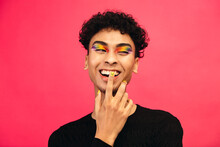
Figure 2.15. Some examples of what we might see that could represent alternative masculinities, where the ideals of hegemonic masculinity are minimal or changed.
On the flip side of the gender binary are feminine traits: nurturing, caring, emotional, soft, pretty, and thin. These traits are what sociologists label emphasized femininity or idealized femininity which can visually be seen in figure 2.16. They represent compliance with women’s subordination by accommodating the interests and desires of men. This version of femininity is typically enacted in order to gain access to resources and power, sometimes also referred to as traditional femininity.


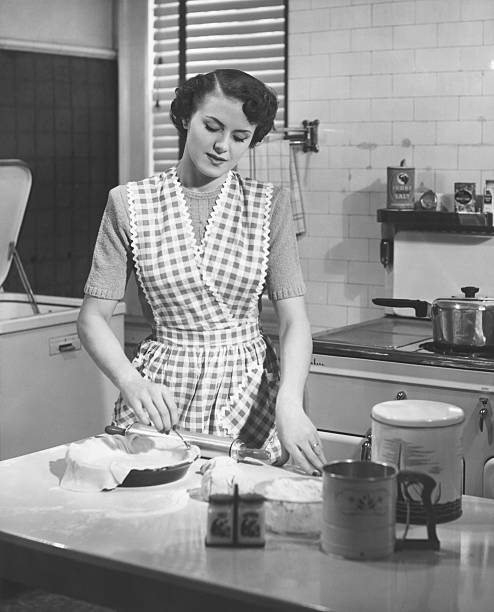
Figure 2.16: Visual representation of emphasized femininity, including beauty ideals and mothering,
There are also subordinate femininities that do not embody the qualities of emphasized femininity. These represent populations with less access to resources and less power over women and other men (e.g. lesbians, poor women, women of color, women who do not meet cultural beauty standards). Alternative femininities are constructed to be an intentional rejection of emphasized femininity as seen in figure 2.17.
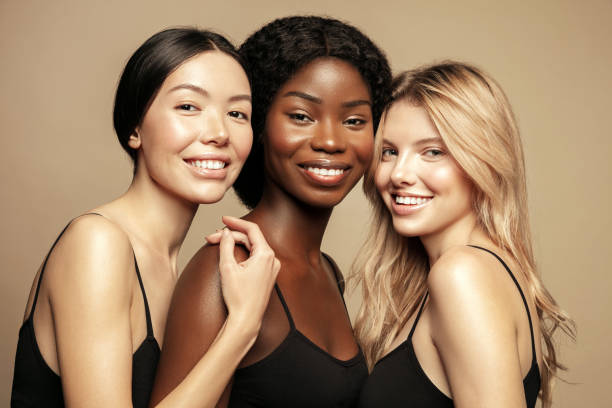
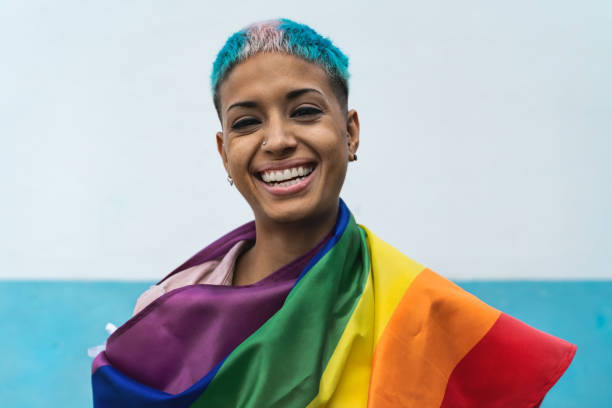

Figure 2.17: These photos provide just a simple example of what we could see as alternative femininity examples, where the traditional ideals are less visible or missing.
When we look at these ideas of masculine and feminine we have to keep in mind that the binary gender ideals can be harmful and most people fall somewhere in the middle or outside of these ideals in their outward gender expression. Such as women working in traditionally masculine labeled jobs, or not fitting into the ideals of clothing or beauty norms. Also expanding the conversation of gender to be one of inclusion we must include everyone inlcuding non-binary, genderfluid, and transgender individuals to name a few.
2.5.2 Beyond the Binary
Binary ways of thinking assume that there are only two categories of gender, race, and class identities and that these two categories are complete opposites. Just as men are defined as “not women” in a binary system, straight people are defined as “not gay,” white people are defined as “not Black,” and middle-class people are defined as “not poor.” Oppositional, binary thinking works strategically so that the dominant groups in society are associated with more valued traits, while the subordinate groups, defined as their opposites, are always associated with less valued traits.
The poles in a binary system define one another and only make sense in the presence of their opposites. Masculinity only has meaning as the opposite of femininity. In reality, identities and lives are complex and multi-faceted. All identity categories are more richly expressed and understood as levels of difference with different power structures. More than that, we all have multiple aspects of identity that we experience simultaneously and are established together, or create a full identity like the overlapping of a venn diagram. Each circle is not exclusive of the other, but together they make a whole image/diagram Our experience of gender is always shaped by our race, class, and other identities. Our race experience is particular to our gender, class, and other identities. Taking an intersectional approach to understanding identity gives us a more complex understanding of social reality. Each of us is impacted by the intersection of several facets of our identity in a way that should give us pause when we encounter blanket statements like “all men are ______,” or “all Latinas are _____,” or “all lesbians are____.” The social world is complex, and rather than reducing human differences to simple binaries, we must embrace the world and acknowledge its complexity.
Some people who do not identify as men or women may identify as non-binary, gender fluid, or genderqueer, for example. Some may use gender-neutral pronouns, such as ze/hir or they/them, rather than the gendered pronouns she/her or he/his. As pronouns and gender identities are not visible on the body, trans communities have created procedures for communicating gender pronouns, which consists of verbally asking and stating one’s pronouns (Nordmarken, 2013). Image 2.X also shows a procedure for inclusion of pronouns.

Figure 2.18. Is a name label image that shows how to be inclusive and share pronouns in situations like meetings, school, work, etc.
Different identities will be discussed in Chapter 3 but we will look at one of those identities here that go beyond the binary for a better understanding.
Genderqueer/Non-Binary refers to gender identities beyond binary identifications of man or woman/masculine or feminine. The term genderqueer became popularized within queer and trans communities in the 1990s and 2000s, and the term non-binary became popularized in the 2010s (Roxie 2011). Genderqueer is an umbrella term that covers gender identity and expression that falls outside the binary/non-normative labels and spaces. It can also be used by people who wish to hold queer gender identity without any other defining specifics about their gender identity or expression. For further understanding, looking at the flag can help explain the importance (Figure 2.19)
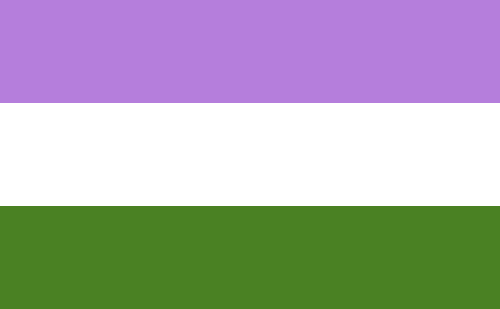
Figure 2.19. The genderqueer and non-binary pride flag
The genderqueer and non-binary pride flag is a Marilyn Roxie design, 3rd and final version created in June 2011 (with a true color update in June of 2012), modified from version 1.0 in June 2010, and 2.0 in September 2010. The design is aesthetically similar to the gay and lesbian, bisexual, transgender, asexual, and pansexual flags; that is, horizontal bars of color with special meaning. The meaning of the colors in the genderqueer and non-binary flag design are as follows:
Lavender (#b57edc): The mixture of blue and pink (traditional colors associated with men and women, present on the transgender pride flag) as lavender is meant to represent androgynes and androgyny. Also represents the “queer” in genderqueer, as lavender is a color that has long been associated with “queerness” , including gay, lesbian, and bisexual communities.
White (#ffffff): Meant to represent agender identity, congruent with the gender neutral white on the transgender pride flag.
Dark chartreuse green (#4A8123): The inverse of lavender; meant to represent those whose identities which are defined outside of and without reference to the binary. Formerly (#498022), the color is now the true inverse of lavender (#b57edc).
The three colors are not meant to indicate that any of these identities are entirely separate or opposites of one another conceptually; they are all interrelated as well as key concepts in their own right, and there are more concepts and variation of gender and sexuality present that tie into genderqueer identities than can be listed here.
2.5.3 Beyond Heterosexuality
Queer as an identity term that refers to a non-categorical sexual identity; it is also an umbrella term for all LGBTQIA+ (lesbian, gay, bisexual, transgender, queer, intersex, asexual, and others) individuals. The term was historically used as a slur but was reclaimed by LGBTQIA+ people to describe themselvesin the 1990s. Although many individuals identify as queer today, some still feel personally insulted by the term and disapprove of its use. Bisexual is typically defined as a sexual orientation marked by attraction to either men or women. Some people have a problem with the term bisexual because it implies a binary approach to sexuality, which excludes individuals who do not identify strictly as men or women.
As mentioned earlier, one’s sexual identity is not just about physical attraction; it can also be shaped by romantic, emotional, and intellectual attraction. For example, pansexual is a sexual identity marked by sexual attraction to people of any gender or sexuality. Polyamorous (poly, for short) or non-monogamous relationships are non-exclusive; individuals may have multiple consensual and individually-negotiated sexual or romantic relationships at once (Klesse 2006). Asexual is an identity marked by a lack of or rare sexual attraction, or low or absent interest in sexual activity, abbreviated to “ace” (Decker 2014). Asexuals distinguish between sexual and romantic attraction, such that they may be romantically attracted to or involved with someone, but not be interested or attracted to them sexually and not want to by sexually intimate with a romantic attraction or partner.
2.5.4 Gender Performativity
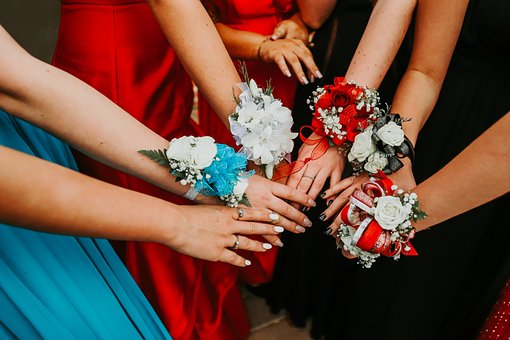

Figure 2.20. Teens dressed up for prom as an example of performative gender.
Judith Butler revealed through research and theory that “gender is performative” (Butler 1990).
According to Butler, performing various gender roles or enacting norms associated with gender creates an “illusion of gender” that is “real only to the extent that it is performed” (Butler, 1988).We as members of a society force our acceptance or belief in the idea of gender through social coercion, or social pressure. Think of when you have a date and what you imagine you are supposed to wear, or going to prom (figure 2.20). There are pressures to look, express, and behave in certain ways based on your gender. Butler’s theory affirms the concept of gender as a social construct, Butler also applies theory to the conversation that sex itself is a construct, meaning that it is not a biological fact, but rather given meaning through social construction and maintenance.
2.5.5 Doing Gender
Sociology professors Candace West and Don Zimmerman’s work on gender and enacting gender has become a key theory in gender studies. Their theory on “doing gender” is an essential and guiding piece regarding how we as a society create, use, and enact gender. All genders, including men and women, participate in “doing gender,” in everyday interactions and behaviors (West and Zimmerman 1987). “Doing gender” is a product of social practices, norms, and behaviors that solidify the ideas of masculine and feminine. The result of “doing gender” is that social structures reinforce and align to those gendered norms, including the balances (or imbalances) of power.
Gender, according to West and Zimmerman, is less a basic function of roles and traits and more created, performed, and maintained by interactions in our daily lives across our “roles.” Think of sports or division of labor and how “doing gender” can be seen in those daily interactions and activities. This initial theory was expanded beyond the binary in research and writing by Karen Shilt and Laurel Westbrook. The authors explain that the idea was not just based on gender but also on the ideas of heteronormativity, where there is an expected behavior around sexuality linked to gender and roles (Shilt and Westbrook).
For more on theories of gender, watch the “Crash Course of Theories of Gender” video in figure 2.21. It will help familiarize you with the theories and expand on other ideas from this chapter.
Figure 2.21. This video introduces and explains theories of gender in a clear and concise manner.
2.5.6 Activity: Constructions of Gender
Read this discussion and think about the questions that follow:
Anthropologists have found another androgynous gender composed of women warriors in 33 Native American groups in North America. Walter L. Williams (1997) calls these women “amazons” and notes that they dress like men and sometimes even marry women. In some tribes girls exhibit such “masculine” characteristics from childhood, while in others they may be recruited into “amazonhood.” In the Kaska Indians, for example, a married couple with too many daughters would select one to “be like a man.” When she was about 5 years of age, her parents would begin to dress her like a boy and have her do male tasks. Eventually she would grow up to become a hunter.
- In what ways have you seen examples like this within your life and experiences?
- Have you thought about how gender plays out or is enacted in other parts of the world?
- What historical differences can you think of with gender and gender roles?
- What have your experiences with gender and pressure to enact your gender been?
2.5.7 Licenses and Attributions for Gender as Sociological Construction
“Gender as Sociological Construction” by Heidi Esbensen is licensed under CC BY 4.0.
Figure 2.14. “Expanding Masculinity: Moving Beyond Boys Will Be Boys” by Blake Spence, TEDxYYC, TEDx Talks is licensed under CC BY-NC-ND 4.0.
Figure 2.18. “Nametags with Pronouns” by Ted Eytan is licensed under CC BY-SA 2.0.
Figure 2.19 and Explanation of Genderqueer Pride Flag is from “About the Flag” by Marilyn Roxie, Genderqueer and Nonbinary Identities, and is licensed under CC BY 4.0.
Figure 2.21. “Theories of Gender: Crash Course Sociology #33” by CrashCourse is licensed under the Standard YouTube License.

